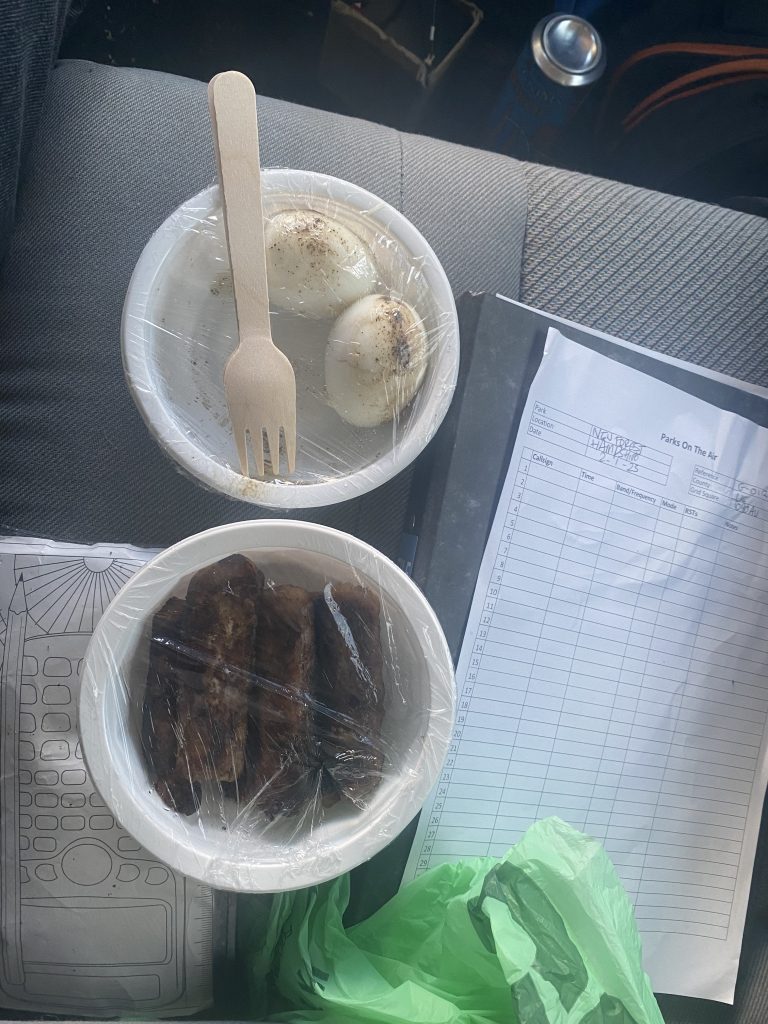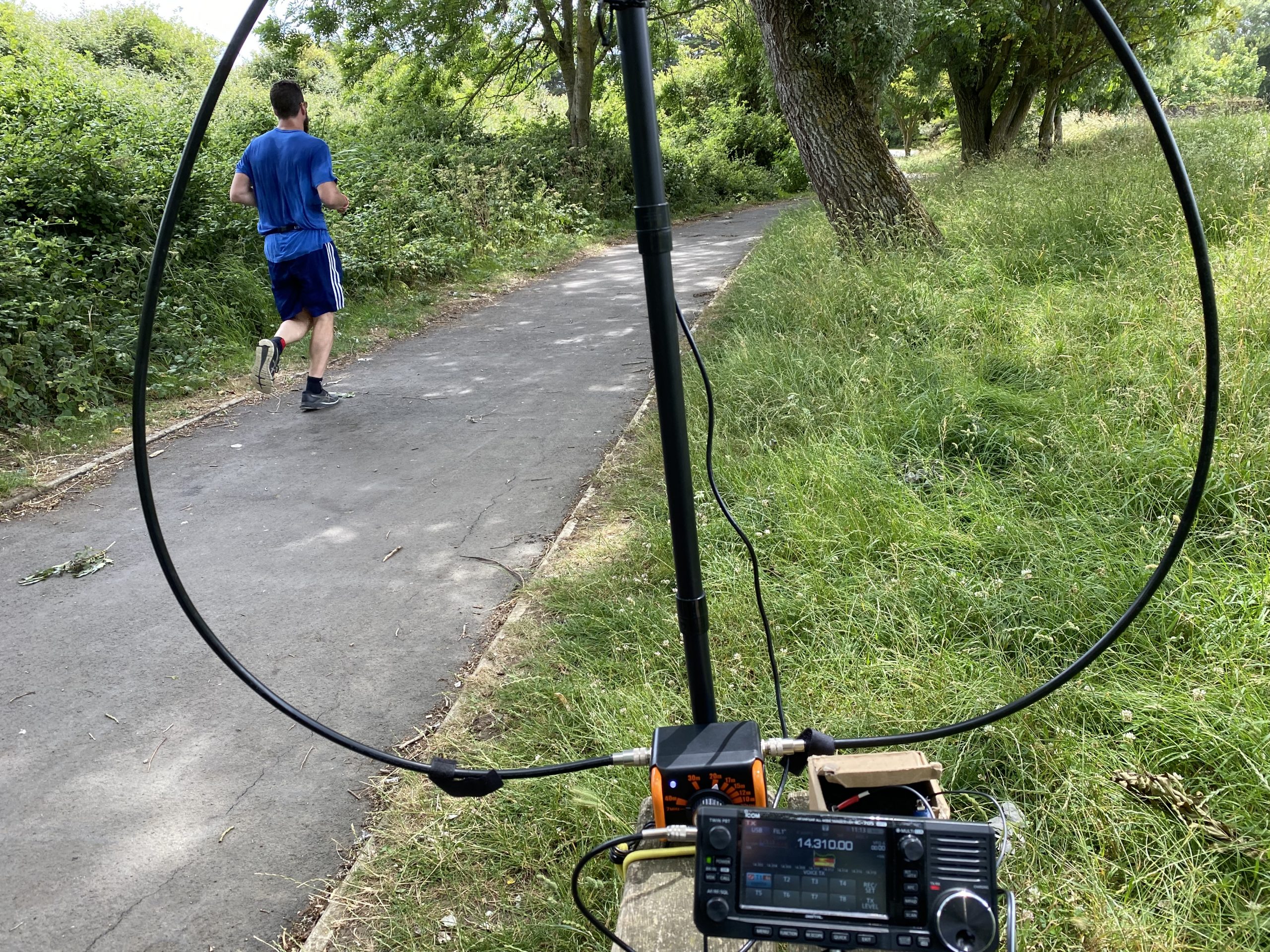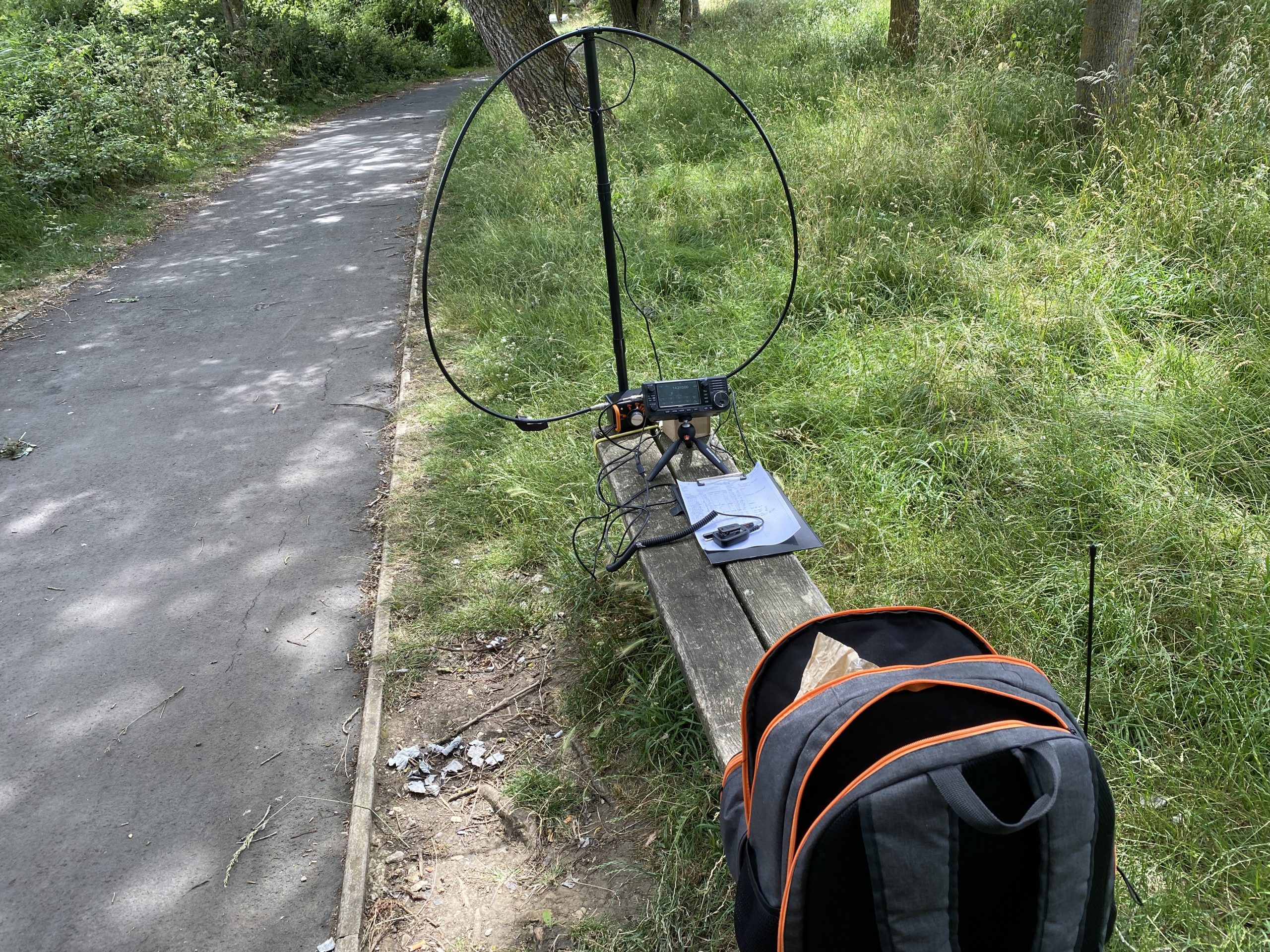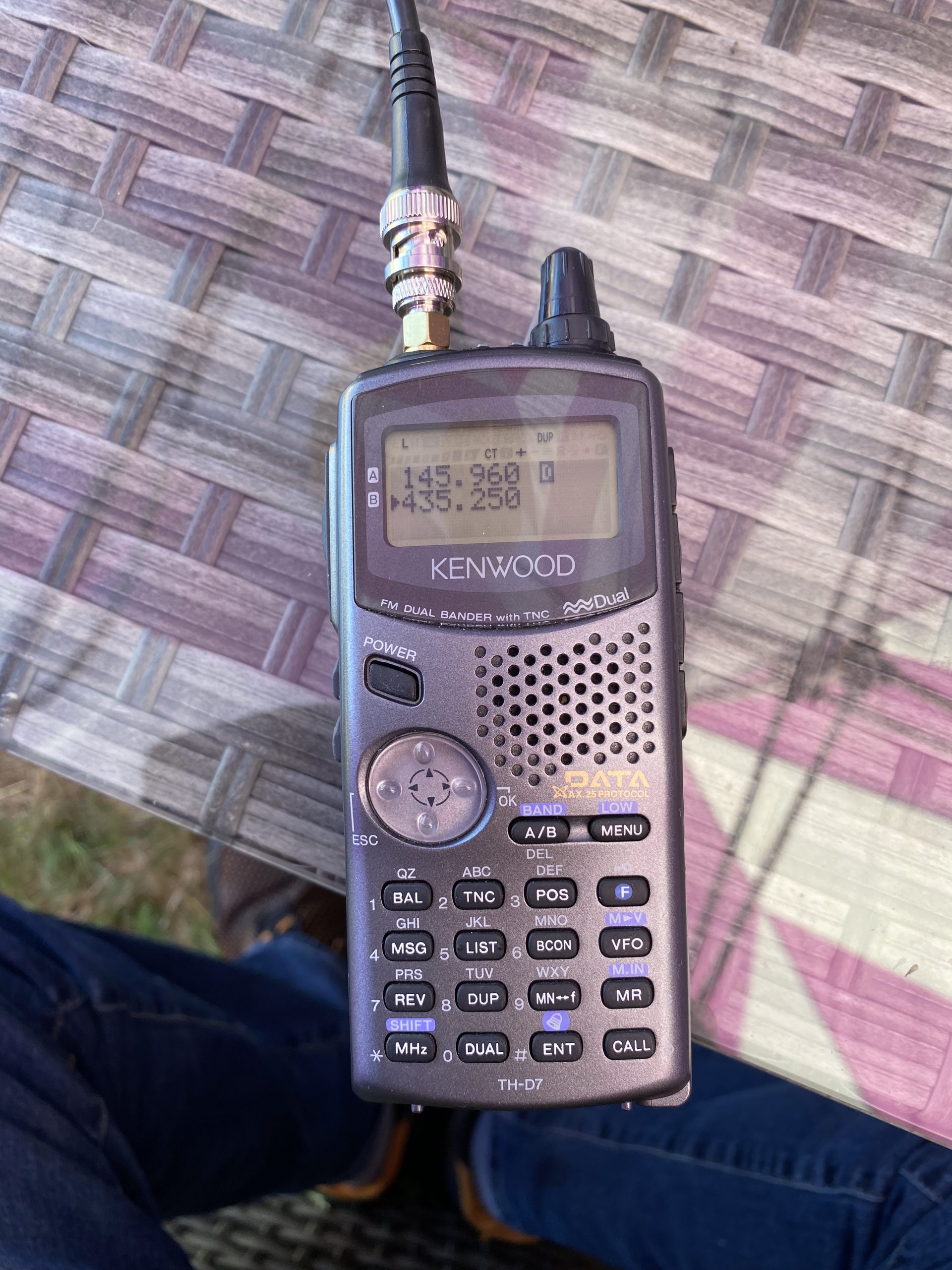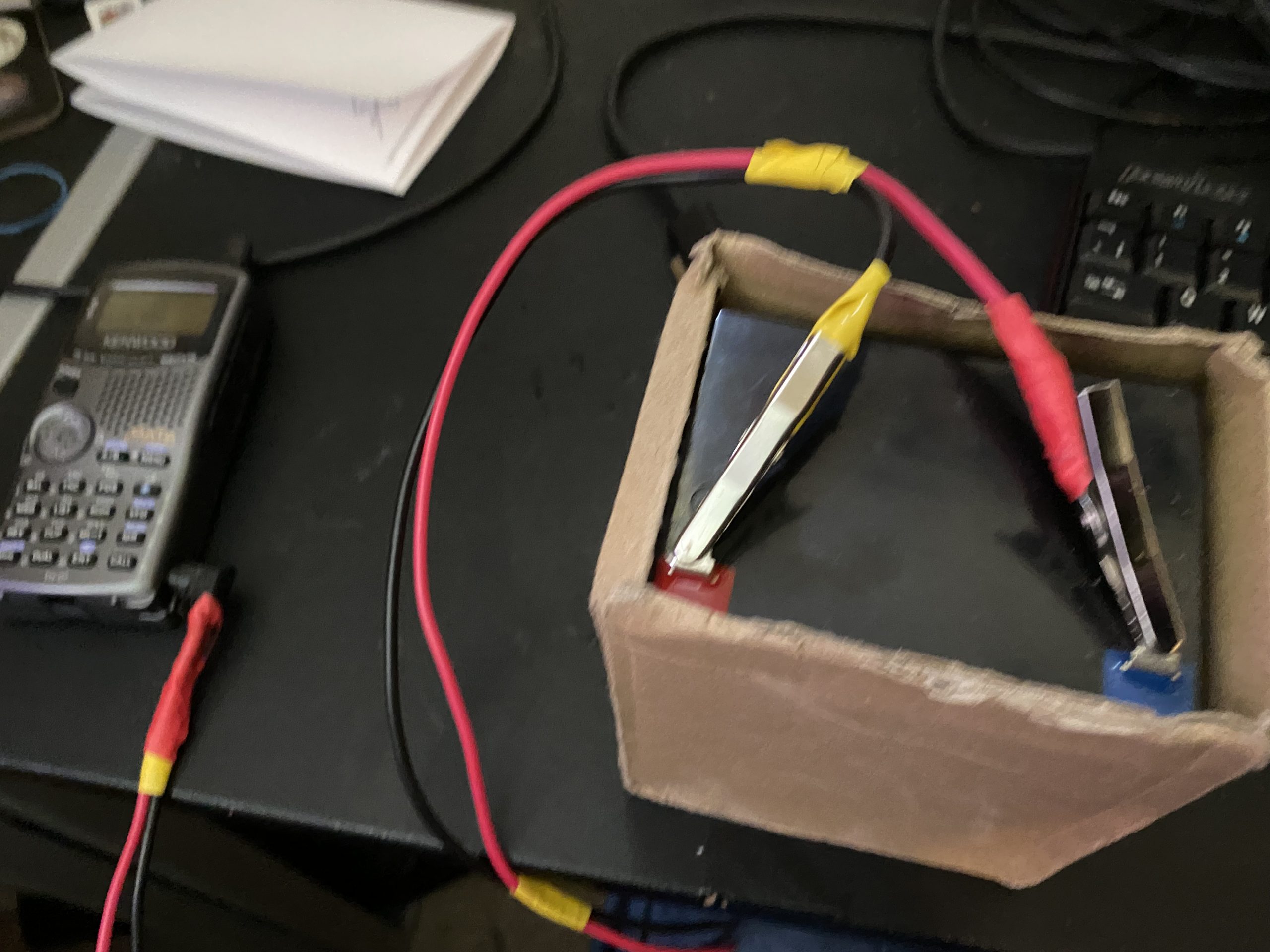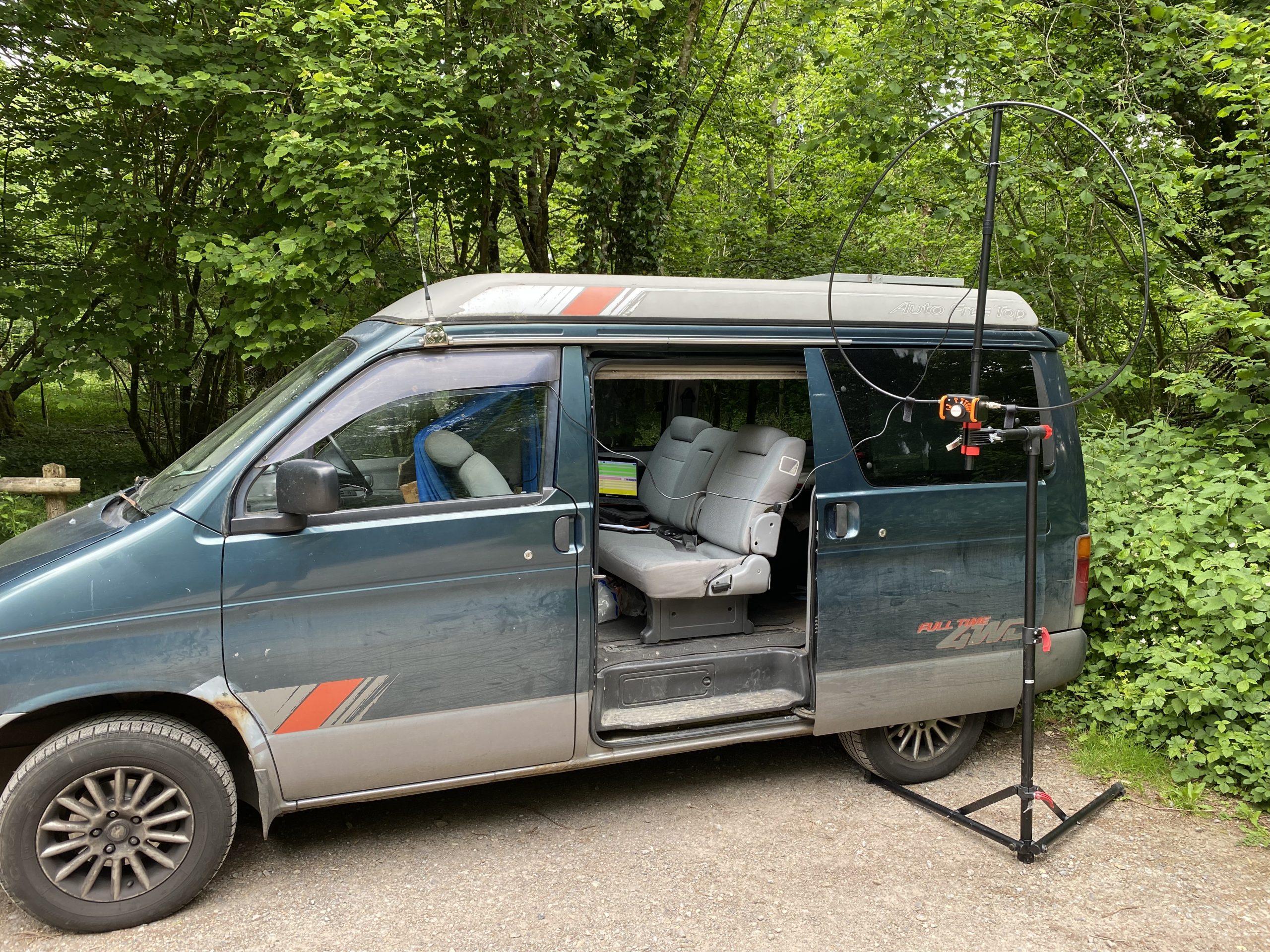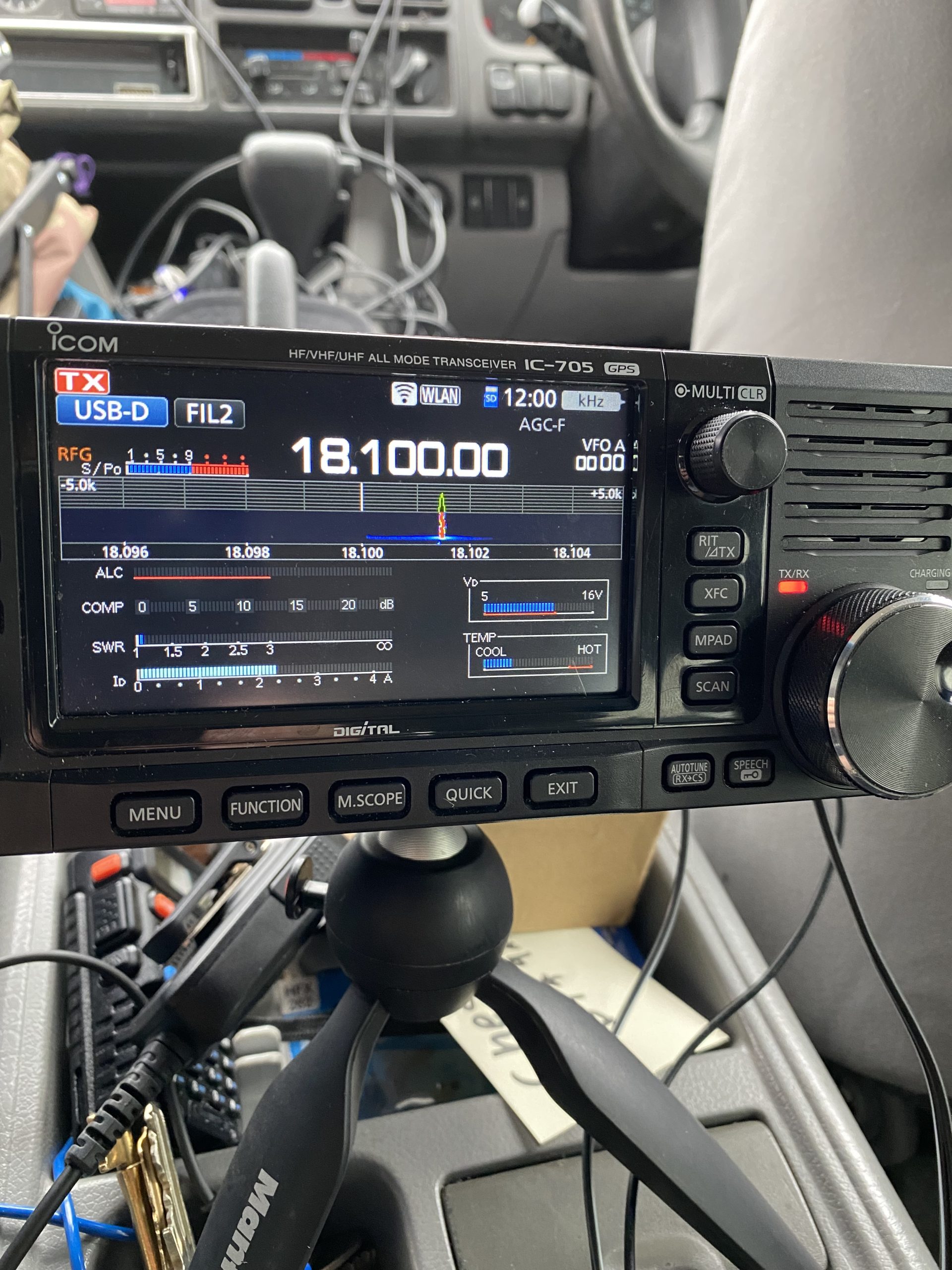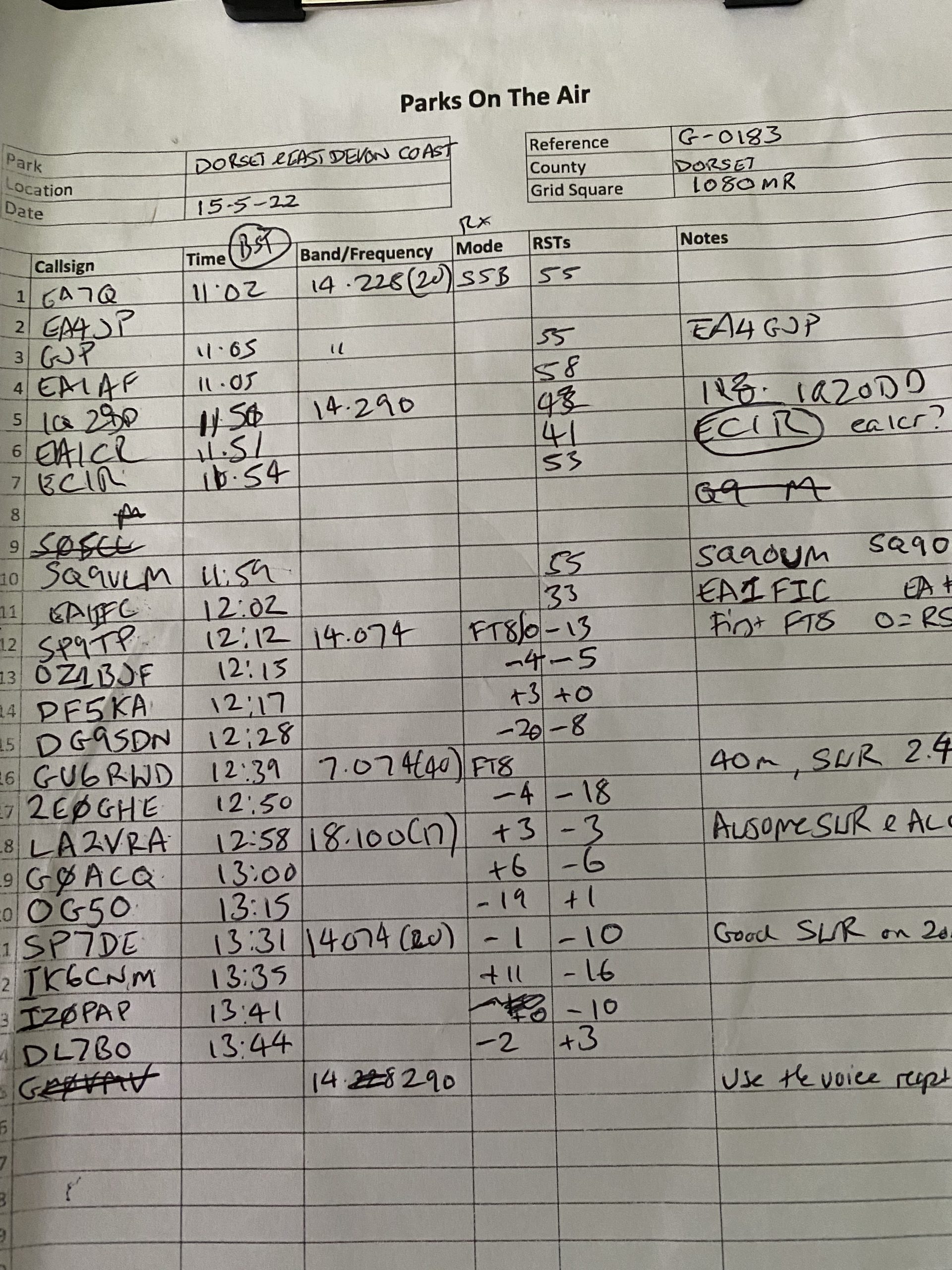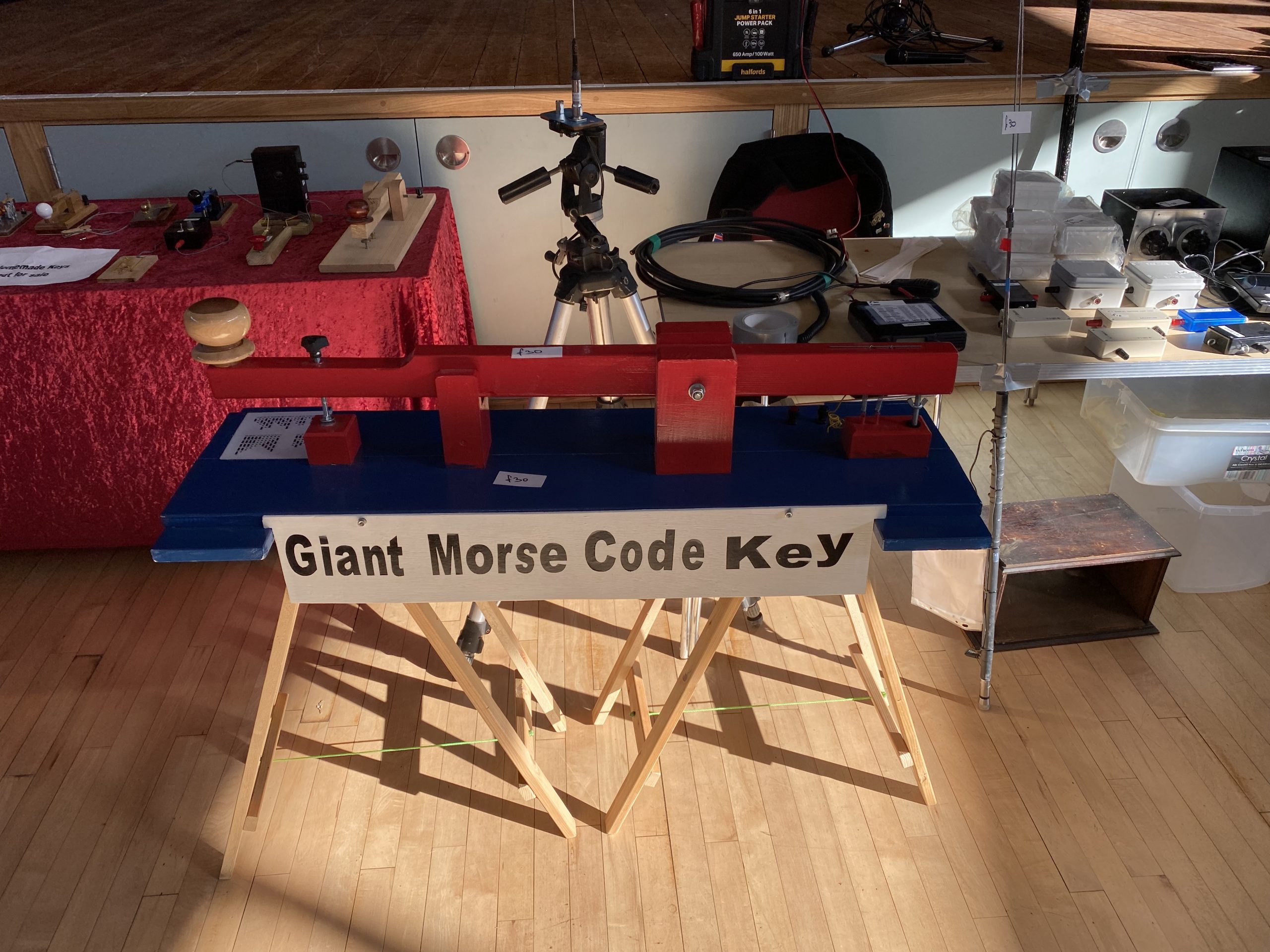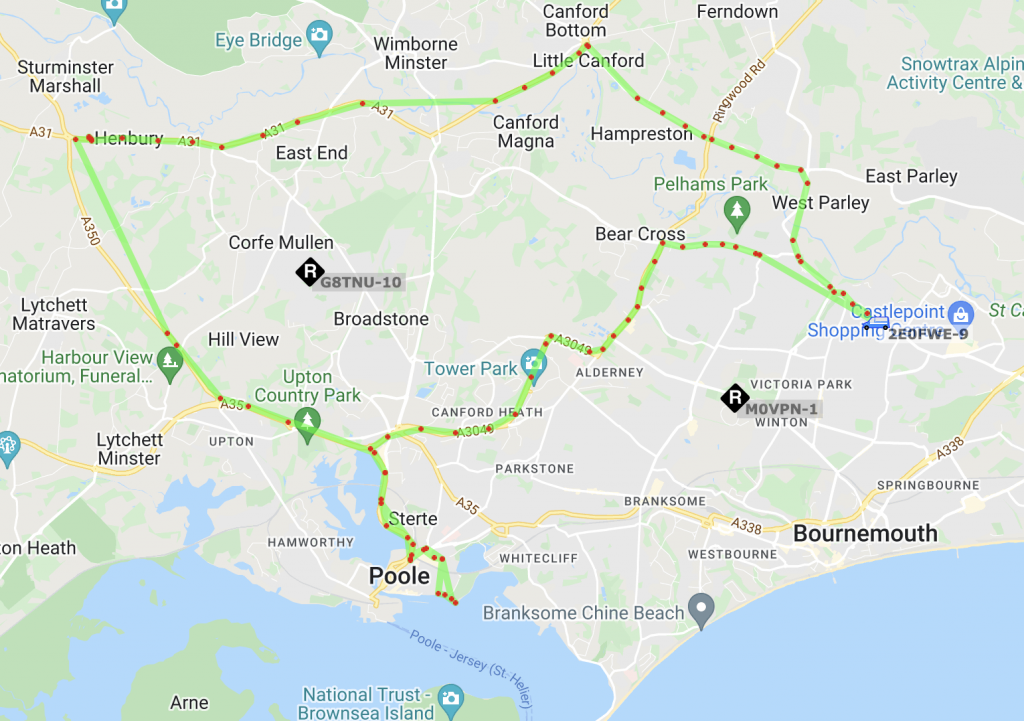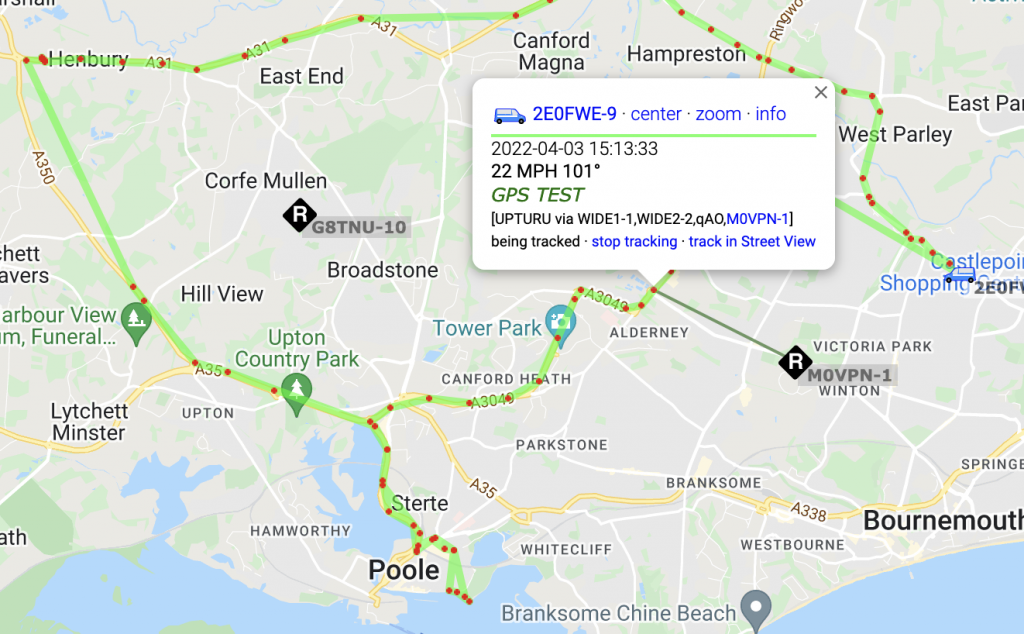With a second bank holiday in quick succession and the WX predictions for the bank holiday being ‘traditional’ I made a impromptu POTA activation in the New Forest. Whilst its not my nearest POTA, there are plenty of nice quite places to go, so I headed off for a evening of radio fun !
As is norm for me, I started out with FT8 – or should I say after some reacquainted got started with FT8 ! As I wanted to do SSTV I used my old laptop and USB cable. This has been running at home nicely for months for WSPR via the IC705/Laptop combo, sure enough, go out in the field and it starts playing up ! Firstly experienced disconnects on WSJTX on anything above 5W, and remembered that I had setup the 705 to be a 7300 to allow MMSSTV to use the same ‘hex codes’ – once I got the power and connection sorted, was soon on the air and the QSO’s started coming in. 17M was very busy but propagation good, the magloop and 5W was getting me all over the world, was very glad to see several contacts into the states from POTA hunters.

I was soon getting drowned out on FT8 on 17m, so switched to 20M and FT4, whereby i was able to get the 10 QSO’s needed to activate the park. I then switched to SSTV. Receiving was fine, and the absence ‘noise’ produced fantastic RX. I thought I would give it a go, even tho I was ‘limited’ to 10W.

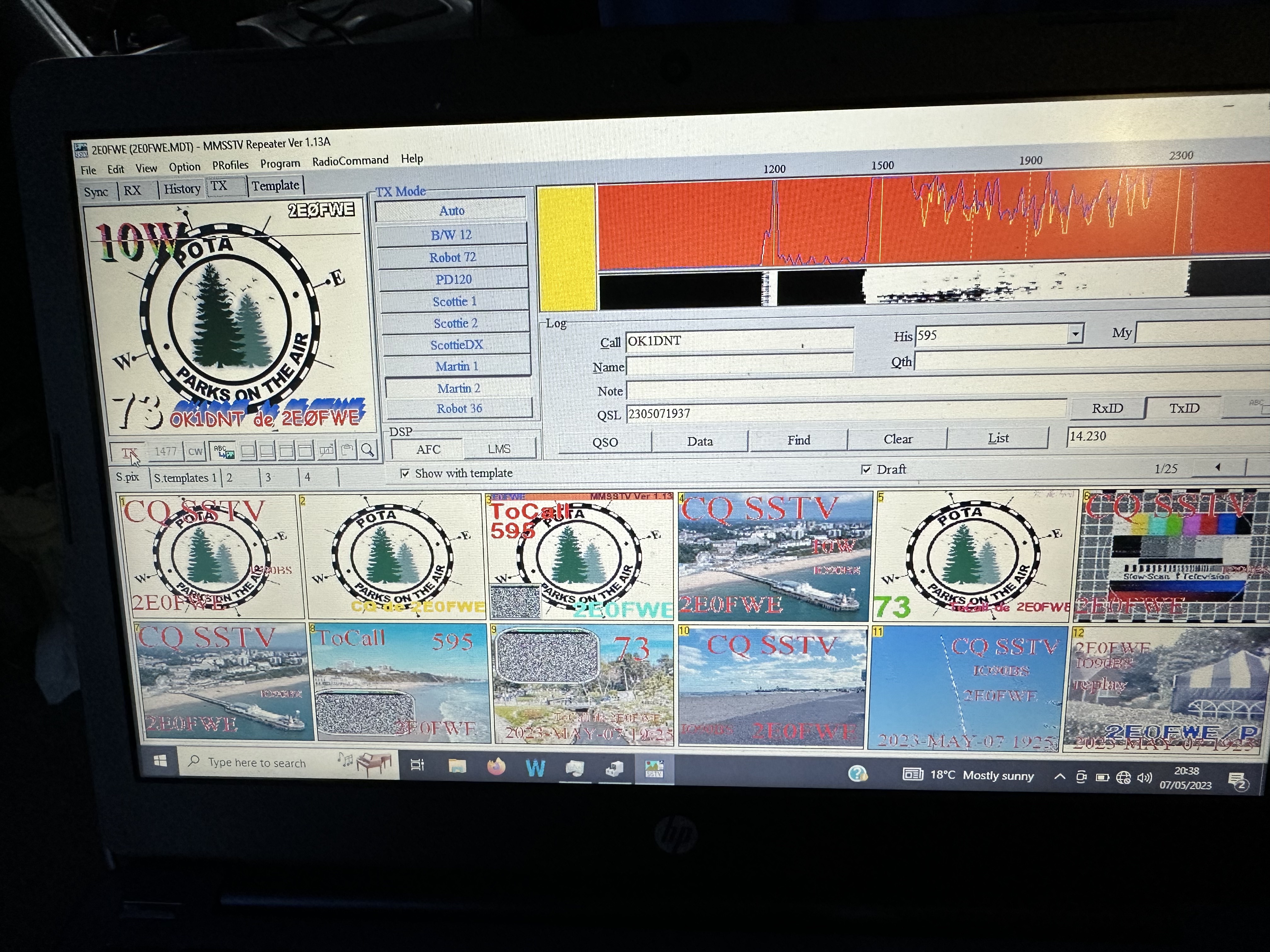

A very good signal came in from OK1DNT and was reward with a 595 signal report on 10W ! I was overjoyed that the magloop, low power and noise floor worked so effectively. It really was a highlight for me and I think I shall work out how to the webcam on the laptop to capture some ‘live’ PoTA pictures, each time I’ve tried SSTV on PoTA, I’ve made a QSO, so it is most defineatly a viable mode with QRP power. Thanks to OK1DNT for the QSO as well !
I headed home with the Retevis RT73 working nicely doing its APRS positioning beaconing. Whilst the RT73 doesn’t have the TNC/Packet capabiilities of the THD7, it nethertheless does a great job of position reporting. I did struggle with updating the message, but I got it to read ‘POTA G’ I struggled to get numbers and symbols, so will investigate that next time. The RT73 is a ‘neater’ solution for 2m/70cm operation, tho admittedly I’ve not a QSO on it yet !

En route i encountered the lovely horses/ponies of the new forest. I do love the nature and animals in the beautiful scenery.

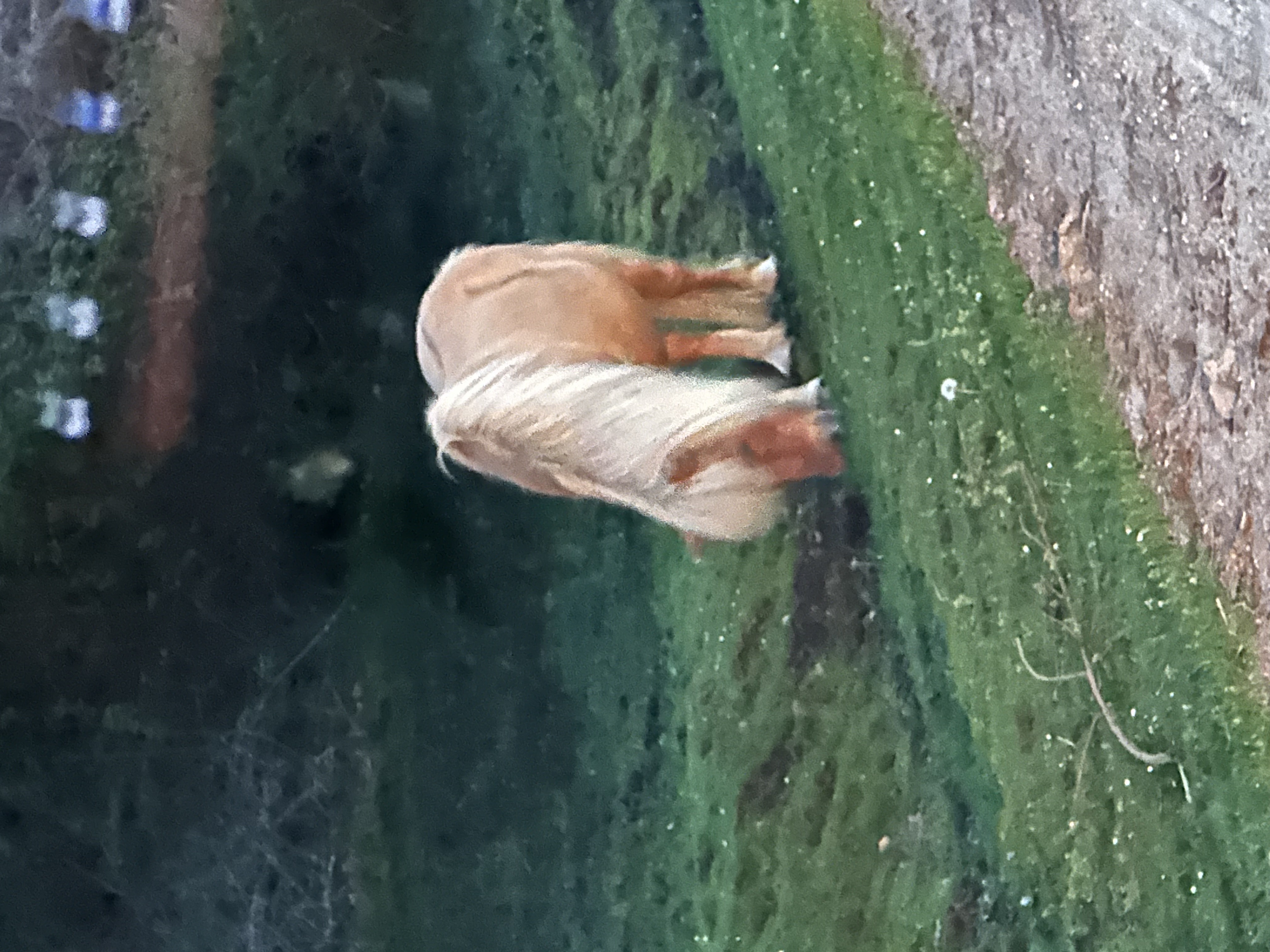
Once home and unloaded from the Bongo I set about logging. I always use a manual log, even for digitial modes, incase something should happen to the computer/device I used. I was pleased to see some very cool new features on the POTA website, in that its possible to create a manual log via the PoTA page for submission.



I watched a video on how to do the manual log, shown below and it was easy to follow and create my own log submission.
Sure enough my log submission was done, it was so easy ! Also I could export the ADIF file and upload to QRZ

Whilst the frequency and signal reports were not the ones from the event, it did at least have the time, band mode and contact, not bad at all and acertainly allot easier than when I first started POTA last year.
Overall, despite the early technical frustrations I really enjoyed this activation, it has made me think about a PoTA strategy for digital modes, i.e. use the mac ipad for FT8/FT4 and laptop for SSTV, if the ipad app had SSTV capabilitiy, that would be amazing, but its a great app as is being totally ‘wireless’. Still, I look forward to more PoTA as the year go on !
Thanks for reading and 73






